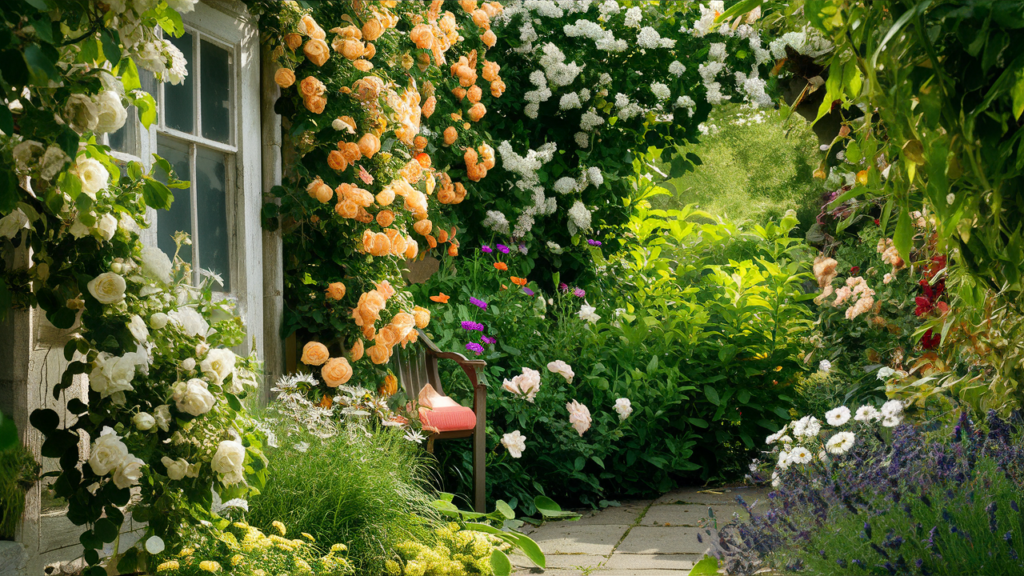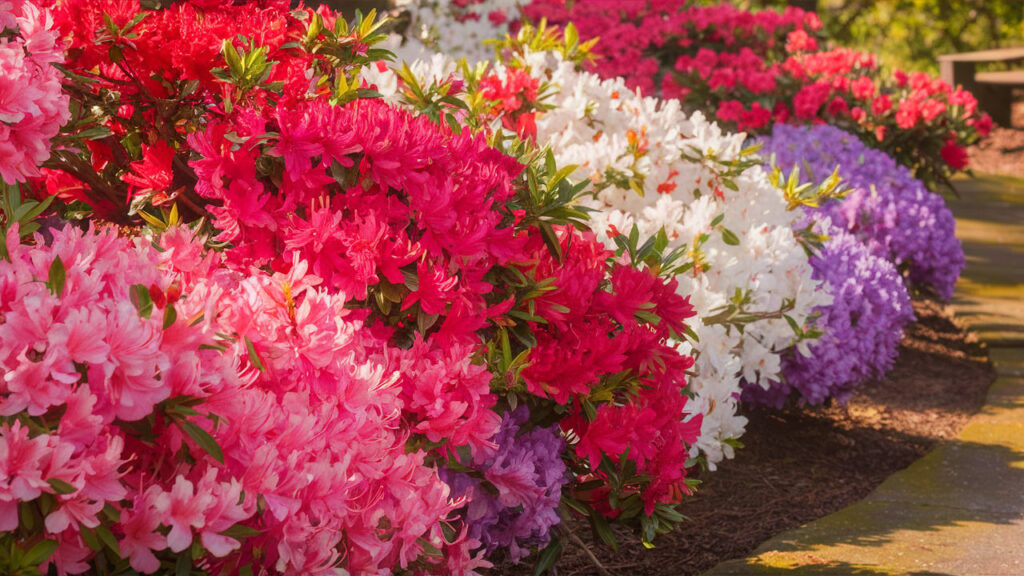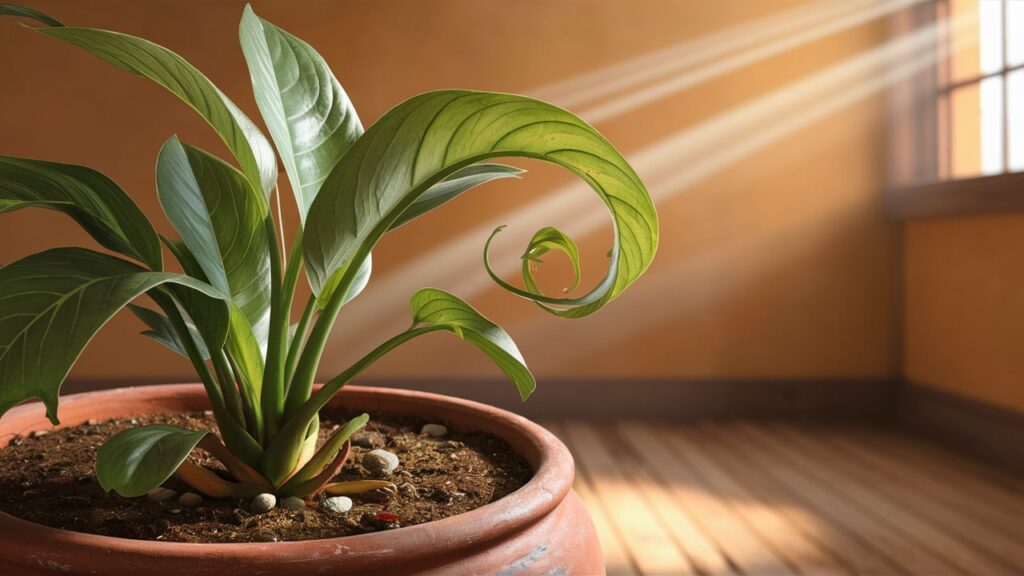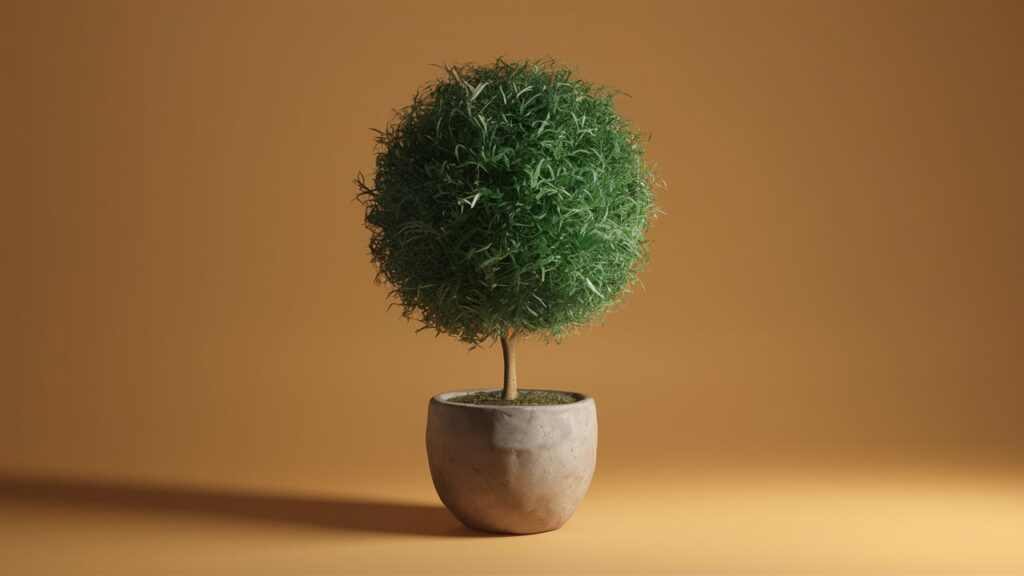The Importance of Home Garden Plants

The Importance of Home Garden Plants and Their Impact on Our Well-being. Gardening is a delightful hobby that brings numerous benefits to our lives. Whether you have a sprawling yard or a compact balcony, cultivating a home garden can significantly enhance your well-being. This blog explores the joy of gardening, the benefits of having greenery around our homes, and provides tips on choosing the right plants for your garden.
The Joy of Gardening
Gardening is more than just a pastime; it’s a therapeutic activity that connects us with nature. The act of planting, nurturing, and looking plant life develop can convey massive pleasure and delight. It serves as a stress reliever, promoting mental well-being by reducing anxiety and depression. Additionally, gardening encourages physical activity, which is beneficial for overall health.
Benefits of Having Greenery and Home Garden Plants Around Our Homes
Incorporating plants into our living spaces has several advantages:
- Improved Air High-Quality: Plants filter toxins from the air, improving the quality of the air we breathe.
- Enhanced Aesthetics: A well-maintained garden adds beauty to our surroundings, making our homes more inviting.
- Increased Property Price: Attractive landscaping can boost the value of your property.
- Wildlife Habitat: Gardens provide habitats for beneficial insects, birds, and other wildlife.
- Mental Well-Being: Being surrounded by greenery has been shown to enhance mood and cognitive function.
Choosing the Right Plants
Selecting the right plants for your home garden is crucial for its success. Right here are a few elements to don’t forget:
Climate and Zone
Understanding your local climate and gardening zone is essential when choosing plants. Plants thrive best in environments that mimic their natural habitats. Consult a USDA Plant Hardiness Zone Map to identify your zone and select plants that are suitable for your climate.
Sunlight Requirements
Plants have various sunlight wishes:
- Full Sun: Requires at the least 6-eight hours of direct daylight each day.
- Partial Sun: Prefers 3-6 hours of sunlight every day.
- Shade-Loving: Flourishes with less than 3 hours of direct daylight.
Assess your garden’s sunlight exposure throughout the day to determine which plants will flourish.






Soil Type
Well-draining soil is vital for healthy plant growth. Most plants prefer soil that retains moisture but doesn’t stay waterlogged. To improve soil quality, consider adding organic matter such as compost or mulch, which enhances soil structure and fertility.
Space Constraints
Your garden’s size will influence your plant choices. For small gardens or balconies, opt for compact plants like herbs, succulents, or small shrubs. In larger yards, you can incorporate a mix of small and large plants to create a diverse and visually appealing landscape.
Popular Garden Plants
Here are some popular garden plants suitable for various purposes:
Boxwood
Boxwood is ideal for foundation plantings or hedges. These evergreen shrubs are prized for their compact growth habit and light green leaves, making them perfect for creating structured, formal borders.
Liriope (Lily Turf)
Liriope is a drought-tolerant ground cover with grass-like foliage. It’s low-maintenance and works well in borders, edging, or as a lawn substitute in shaded areas.
Hosta
Hostas are shade-loving perennials known for their lush foliage and easy care. They come in a variety of leaf sizes, colors, and textures, adding visual interest to shady garden spots.
Azalea
Azaleas are evergreen or deciduous shrubs with colorful spring blooms. They are excellent for adding a splash of color to your garden and can thrive in partially shaded areas.
Rhododendron
Rhododendrons are versatile evergreen foundation or specimen plants. They come in various sizes and flower colors, making them a popular choice for gardeners looking to add vibrant blooms to their landscapes.
Planting and Care Tips for a Home Garden Plants
Creating a home garden is a fulfilling activity that brings beauty and tranquility to your living space. To ensure your garden thrives, it’s essential to follow proper planting and care techniques. This blog provides guidelines for planting, watering, and maintaining garden plants, as well as design tips for creating a harmonious and visually appealing garden.
Planting Time
Choosing the right time to plant your garden is crucial for success. The best planting season varies depending on the species:
- Spring: Ideal for planting most perennials, annuals, and vegetables. The soil warms up, promoting root growth.
- Summer: Suitable for tropical plants and late-blooming perennials. Ensure adequate watering during hot months.
- Fall: Perfect for planting trees, shrubs, and spring-flowering bulbs. The cooler temperatures reduce stress on new plants.
- Winter: In mild climates, some hardy vegetables and flowers can be planted.
By planting at the optimal time, you give your plants the best start and ensure robust growth.
Watering
Proper watering is crucial for plant health. Special plants have various water wishes:
- Established Plants: Deep watering once a week encourages roots to grow deeper, making plants more drought-resistant.
- Newly Planted: Water extra frequently to assist establish roots.
- Drought-Tolerant Plants: Water sparingly once mounted.
- Moisture-Loving Plants: Hold soil continuously damp however no longer waterlogged.
Water early in the morning to reduce evaporation and avoid wetting foliage to lessen the hazard of fungal diseases.
Pruning
Regular pruning is essential for maintaining plant shape, encouraging growth, and removing dead or diseased branches. Here are some tips:
- Timing: Prune flowering shrubs after blooming. Prune trees and perennials in late winter or early spring.
- Tools: Use sharp, clean tools to make precise cuts and prevent disease spread.
- Technique: Cut just above a bud facing outward to promote an open, healthy structure.
Proper pruning enhances the aesthetic appeal and health of your plants.
Fertilization
Fertilizing provides essential nutrients for plant growth. Here are some basic guidelines:
- Type: Use balanced fertilizers for general purposes. Opt for specific fertilizers based on plant needs (e.g., acid-loving plants like azaleas).
- Frequency: Fertilize annuals and perennials during the growing season. Trees and shrubs may require fertilization once or twice a year.
- Method: Follow package instructions and avoid over-fertilizing, which can harm plants.
Regular fertilization ensures vigorous growth and abundant blooms.
Creating a Beautiful Garden Design
A well-designed garden enhances your home’s beauty. Here are some design tips to create a harmonious and visually appealing garden:
Color Combinations
Choosing the right color scheme can transform your garden:
- Complementary Colors: Pair colors opposite each other on the color wheel (e.g., purple and yellow) for a vibrant contrast.
- Analogous Colors: Combine colors next to each other on the color wheel (e.g., blue, green, and purple) for a harmonious look.
- Monochromatic Scheme: Use different shades of a single color for a cohesive, elegant effect.
Experiment with color combinations to create a garden that reflects your style.
Texture and Form
Mixing different leaf shapes and plant forms adds depth and interest:
- Texture: Combine fine-textured plants (e.g., ferns) with bold, coarse-textured plants (e.g., hostas) for contrast.
- Form: Use a variety of plant forms (e.g., spiky grasses, rounded shrubs) to create a dynamic landscape.
Incorporate diverse textures and forms to make your garden visually engaging.
Layering
This is for different heights creates a natural, layered look:
- Foreground: Place low-growing plants at the front.
- Middle Ground: Use medium-peak plant life within the center.
- Background: Plant tall shrubs and trees at the back.
It also adds depth and dimension to your garden, making it more attractive.
Conclusion

Home garden plants bring numerous benefits, from enhancing aesthetics to improving mental well-being. By following proper planting and care techniques, alongside incorporating thoughtful design elements, you can create a thriving garden that serves as a green oasis. Embrace the joy of gardening and transform your home into a serene, beautiful retreat.
Creating a home garden is a rewarding endeavor that offers numerous benefits. By selecting the right plants and understanding their needs, you can cultivate a beautiful, thriving garden that enhances your well-being and brings joy to your life. Embrace the joy of gardening, and let the greenery transform your living space into a tranquil haven.
